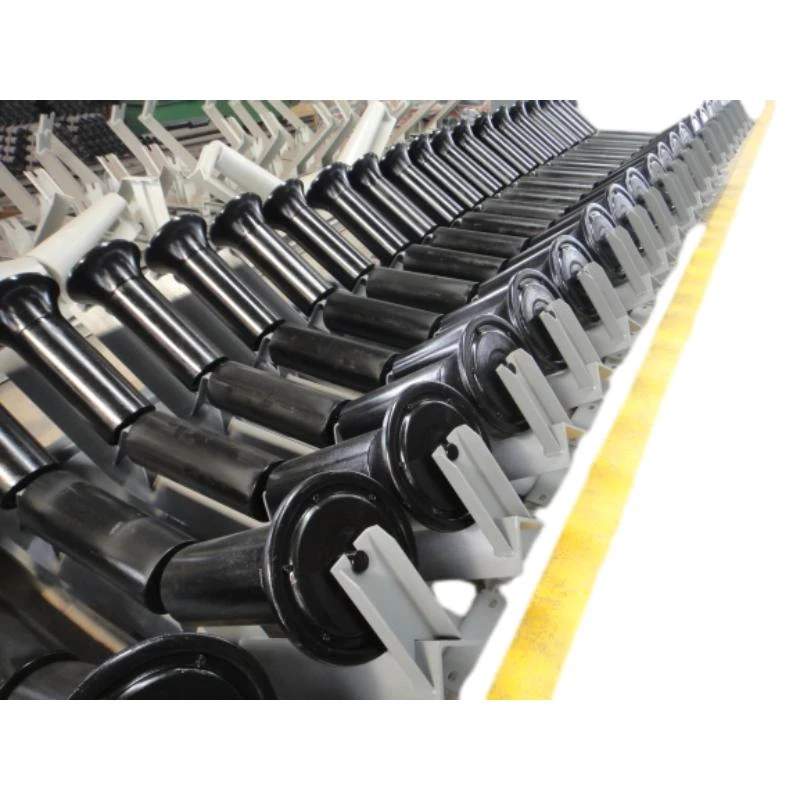 Afrikaans
Afrikaans  Albanian
Albanian  Amharic
Amharic  Arabic
Arabic  Armenian
Armenian  Azerbaijani
Azerbaijani  Basque
Basque  Belarusian
Belarusian  Bengali
Bengali  Bosnian
Bosnian  Bulgarian
Bulgarian  Catalan
Catalan  Cebuano
Cebuano  Corsican
Corsican  Croatian
Croatian  Czech
Czech  Danish
Danish  Dutch
Dutch  English
English  Esperanto
Esperanto  Estonian
Estonian  Finnish
Finnish  French
French  Frisian
Frisian  Galician
Galician  Georgian
Georgian  German
German  Greek
Greek  Gujarati
Gujarati  Haitian Creole
Haitian Creole  hausa
hausa  hawaiian
hawaiian  Hebrew
Hebrew  Hindi
Hindi  Miao
Miao  Hungarian
Hungarian  Icelandic
Icelandic  igbo
igbo  Indonesian
Indonesian  irish
irish  Italian
Italian  Japanese
Japanese  Javanese
Javanese  Kannada
Kannada  kazakh
kazakh  Khmer
Khmer  Rwandese
Rwandese  Korean
Korean  Kurdish
Kurdish  Kyrgyz
Kyrgyz  Lao
Lao  Latin
Latin  Latvian
Latvian  Lithuanian
Lithuanian  Luxembourgish
Luxembourgish  Macedonian
Macedonian  Malgashi
Malgashi  Malay
Malay  Malayalam
Malayalam  Maltese
Maltese  Maori
Maori  Marathi
Marathi  Mongolian
Mongolian  Myanmar
Myanmar  Nepali
Nepali  Norwegian
Norwegian  Norwegian
Norwegian  Occitan
Occitan  Pashto
Pashto  Persian
Persian  Polish
Polish  Portuguese
Portuguese  Punjabi
Punjabi  Romanian
Romanian  Russian
Russian  Samoan
Samoan  Scottish Gaelic
Scottish Gaelic  Serbian
Serbian  Sesotho
Sesotho  Shona
Shona  Sindhi
Sindhi  Sinhala
Sinhala  Slovak
Slovak  Slovenian
Slovenian  Somali
Somali  Spanish
Spanish  Sundanese
Sundanese  Swahili
Swahili  Swedish
Swedish  Tagalog
Tagalog  Tajik
Tajik  Tamil
Tamil  Tatar
Tatar  Telugu
Telugu  Thai
Thai  Turkish
Turkish  Turkmen
Turkmen  Ukrainian
Ukrainian  Urdu
Urdu  Uighur
Uighur  Uzbek
Uzbek  Vietnamese
Vietnamese  Welsh
Welsh  Bantu
Bantu  Yiddish
Yiddish  Yoruba
Yoruba  Zulu
Zulu return roller
The Fascinating World of Return Rollers
In the realm of machinery and manufacturing, small components often play a crucial role in the efficiency and functionality of larger systems. One such component that has gained significant attention in various industries is the return roller. Primarily used in conveyor systems, return rollers contribute to smooth material handling, reducing friction and wear, which in turn enhances operational efficiency.
Return rollers are typically positioned on the underside of a conveyor belt. Their primary function is to support the belt as it returns to the starting point after distributing its cargo. By minimizing contact between the belt and the conveyor frame, return rollers help reduce the overall wear and tear on the belt, thus extending its lifespan. This not only saves companies money in terms of replacement costs but also enhances productivity as the conveyor system operates more effectively.
The design of return rollers has evolved significantly over the years. Early versions were simple cylindrical shapes made of steel. However, advancements in materials and technology have led to the development of highly specialized return rollers that cater to specific industrial needs. For instance, some rollers come coated with materials designed to reduce friction even further, while others are equipped with self-cleaning features that prevent buildup of debris and contaminants that could impede performance.
return roller

An essential consideration in the use of return rollers is their alignment and spacing within the conveyor system. Proper alignment ensures that the rollers can effectively carry the weight of the belt and its load without causing unnecessary strain. Spacing, on the other hand, is critical for distribution of weight and optimized support of the conveyor belt. Incorrect alignment or spacing can lead to increased wear and premature failure of the conveyor system, resulting in costly downtime.
The applications of return rollers extend beyond traditional manufacturing and material handling sectors. In industries such as mining, agriculture, and recycling, where heavy and abrasive materials are common, specialized return rollers are imperative for maintaining efficiency and safety. For example, in a mining operation where rocks and minerals are transported, heavy-duty return rollers can withstand harsh conditions while ensuring continuous operation.
Moreover, with the growing emphasis on sustainability, companies are beginning to explore eco-friendly materials for manufacturing return rollers. Innovations in biodegradable composites and recycled materials are paving the way for more environmentally friendly options, thus reducing the carbon footprint of production processes.
In conclusion, return rollers may seem like a simple component, but their impact on the efficiency and longevity of conveyor systems is profound. Their evolution reflects not only advancements in engineering but also the continuous strive toward improving industrial sustainability. As industries look to optimize their operations, understanding and investing in quality return rollers will undoubtedly be a step toward achieving greater efficiency and resilience in machinery.
-
Trusted Conveyor Solutions from Leading Conveyor Idler Roller ManufacturersNewsJun.27,2025
-
Reliable Return Idler Solutions for Efficient Belt Conveyor SystemsNewsJun.27,2025
-
Precision Conveyor Accessories for Streamlined Material HandlingNewsJun.27,2025
-
High-Quality Belt Conveyor Idler Solutions for Efficient Material HandlingNewsJun.27,2025
-
High-Performance Belt Conveyor Pulleys for Reliable Material HandlingNewsJun.27,2025
-
Enhancing Material Handling EfficiencyNewsJun.27,2025





























